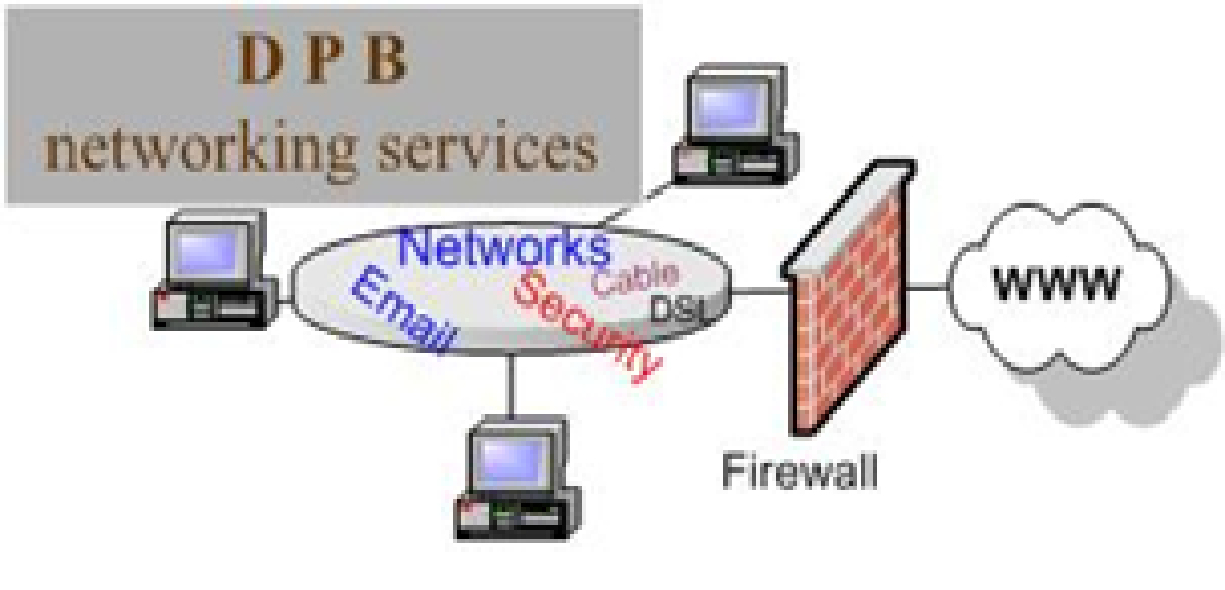Personal injury law practices need billing system features that can successfully accommodate their unique needs while also providing invoices that are comprehensive, accurate, and compliant with relevant guidelines. Four of these unique needs are contingency billing capabilities, expense tracking, LEDES billings, and matter summary reports. This post will take a look at each of these legal billing software components and examine their importance within a personal injury law firm.
Contingency Billing
Personal injury attorneys are typically paid under a contingency fee arrangement. This means that they receive a percentage of the settlement or award that they secure for the client as compensation for their services. While percentages vary among personal injury firms, and even among client matters depending on the settlement size and the law firm’s rate, one-third is generally the standard amount utilized. Under a contingency fee arrangement, law firms get nothing if they do not win the client’s case or secure a settlement out of court.
Contingency fees are popular options for personal injury firms because they make legal services affordable for injured parties who may not be able to pursue compensation from liable parties otherwise. It also levels the playing field for plaintiffs as they go up against the massive legal departments and resources of insurance companies.
For firms, these arrangements lead to more informed decisions about which cases to take on while also promoting greater efficiency in moving matters through to completion. But contingency fees do not work if personal injury firms lack the legal billing tools necessary to properly handle them. Firms need a system that allows them to hold off on sending invoices until the conclusion of the case, but also allows for the tracking of tasks and expenses as the matter progresses.
Expense Tracking
Even under a contingency fee arrangement, expenses accumulate during the course of representation. Costs related to court fees and filings, medical record copies, and expert witness fees may be passed on to the plaintiff, so personal injury firms need an efficient and accurate way to keep up with these expenses and bill clients for reimbursement during the case.
Personal injury firms must keep expense records organized, accessible, and comprehensible. They cannot afford to rely upon antiquated paper receipts and outdated Excel spreadsheets. They need to ability to enter and maintain expense documents electronically and quickly.
Innovative legal billing software options offer the following tools for accurate expense tracking:
- Calendar views of expenses for each matter
- Expense analytics for separate timekeepers
- The ability to track remotely from outside the physical office
- Categorization of expenses
- Expense budgeting to stay on top of matter costs
- The ability to sync with various accounting systems
Personal injury firms can lose out on a significant amount of money by failing to document matter expenses. That’s why expense tracking must be a component of their legal billing software.
LEDES Billing
LEDES (Legal Electronic Data Exchange Standard) was created by the Legal Electronic Data Exchange Standard Oversight Committee to create and maintain open standard formats for the electronic exchange of billing and other information between corporations and law firms. It establishes a uniform standard for keeping legal bills simple and unambiguous.
LEDES is often used for various types of personal injury matters, including bodily injury and property damage. This is because of the billing systems prevalence among third-party clearinghouses, which are typically insurance companies. These clearinghouses may simultaneously work with hundreds of law firms, so the LEDES billing system provides a process that is easier to use with one centralized billing format.
The distinction of LEDES billing usage means that many accounting systems lack the tools to create these invoices. For instance, LEDES billing is not easily accomplished through QuickBooks, which requires personal injury law firms to export billing data and convert it to LEDES manually or with additional software. This can prove a major waste of time for personal injury firms that typically handle numerous LEDES billing cases. That is why these legal practices require a billing system in which they can easily create compliant LEDES invoices.
Matter Summary Reports
The nature of personal injury matters is such that progress can become stagnant while attorneys wait for insurance company responses or medical documents. To ensure that every matter is used at an appropriate rate, personal injury firms need a way to review and analyze the progress of individual cases. This can be done with matter summary reporting that gives personal injury law firm leaders the ability to keep track of all ongoing matters, as well as the progress of individual firm timekeepers.
With this reporting, personal injury firms can easily access a snapshot of any given matter at any given time. This includes information related to work in progress and expenses in progress on a per-matter or per-client basis. It allows them to quickly identify what progress has been made on a matter and what needs to be done to move it forward. Summary reporting needs to be a standard part of a personal injury law firm’s billing system.
Personal Injury Law Firms Need these Top Billing Features
Each of these top billing software features meets a unique need faced by personal injury law firms and TimeSolv legal billing includes them all in one comprehensive and easy-to-navigate platform. From simplified contingency billing to a variety of customizable matter reports, personal injury firms can get the most of their billing software with TimeSolv. To learn more, visit this website for a free trial offer.













